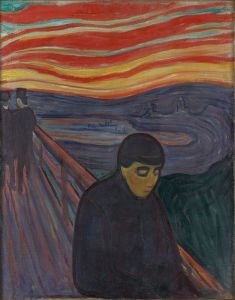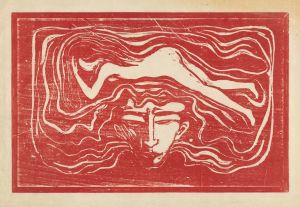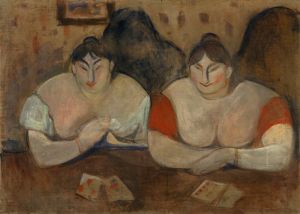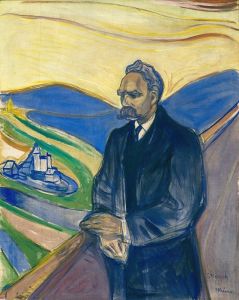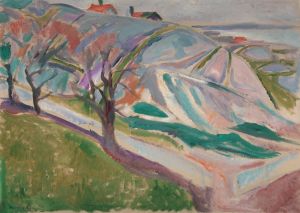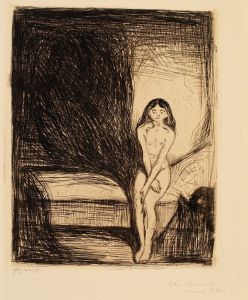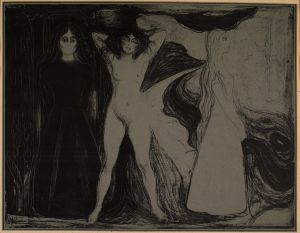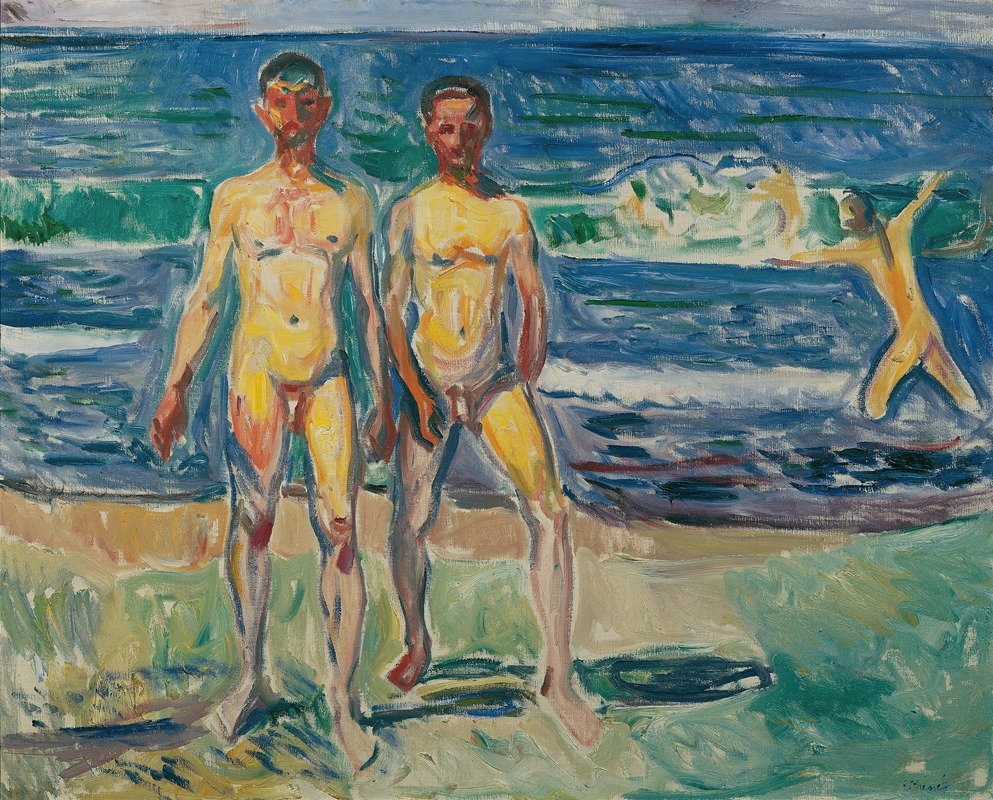
Männer am Meer
A hand-painted replica of Edvard Munch’s masterpiece Männer am Meer, meticulously crafted by professional artists to capture the true essence of the original. Each piece is created with museum-quality canvas and rare mineral pigments, carefully painted by experienced artists with delicate brushstrokes and rich, layered colors to perfectly recreate the texture of the original artwork. Unlike machine-printed reproductions, this hand-painted version brings the painting to life, infused with the artist’s emotions and skill in every stroke. Whether for personal collection or home decoration, it instantly elevates the artistic atmosphere of any space.
"Männer am Meer" (Men by the Sea) is a painting by the renowned Norwegian artist Edvard Munch, created in 1908. Munch, best known for his iconic work "The Scream," was a pivotal figure in the Symbolist movement and a precursor to Expressionism. His works often explore themes of existential angst, human emotion, and the complexities of life and death.
"Männer am Meer" depicts a group of men standing by the sea, captured in a moment of contemplation and introspection. The painting is characterized by Munch's distinctive style, which includes bold colors, dramatic compositions, and a focus on emotional expression. The men in the painting are rendered with a sense of melancholy and introspection, a common theme in Munch's oeuvre.
The setting of the painting is likely inspired by the coastal landscapes of Norway, which Munch frequently depicted in his works. The sea, a recurring motif in Munch's art, often symbolizes the vastness of nature and the insignificance of human existence in the face of it. In "Männer am Meer," the sea serves as a backdrop that enhances the mood of contemplation and existential reflection.
Munch's use of color in this painting is particularly noteworthy. The palette is dominated by cool tones of blue and green, which evoke a sense of calm and serenity, yet also contribute to the overall somber mood. The figures are outlined with bold, almost rough brushstrokes, which is typical of Munch's technique and adds to the emotional intensity of the scene.
The painting was created during a tumultuous period in Munch's life. In 1908, Munch suffered a nervous breakdown and was hospitalized for several months. This period of crisis had a profound impact on his work, leading to a shift in his artistic style and themes. "Männer am Meer" reflects this transition, as it embodies a deeper sense of introspection and emotional depth compared to his earlier works.
"Männer am Meer" is part of Munch's broader exploration of human psychology and emotion. His ability to convey complex feelings through his art has made him one of the most influential artists of the late 19th and early 20th centuries. The painting is a testament to Munch's skill in capturing the human condition and his enduring legacy in the world of art.
Today, "Männer am Meer" is housed in the Munch Museum in Oslo, Norway, which holds the largest collection of Munch's works. The museum is dedicated to preserving and promoting Munch's artistic legacy, offering visitors a comprehensive view of his life and career. "Männer am Meer" remains a significant piece within this collection, exemplifying Munch's mastery of emotional expression and his profound impact on modern art.








